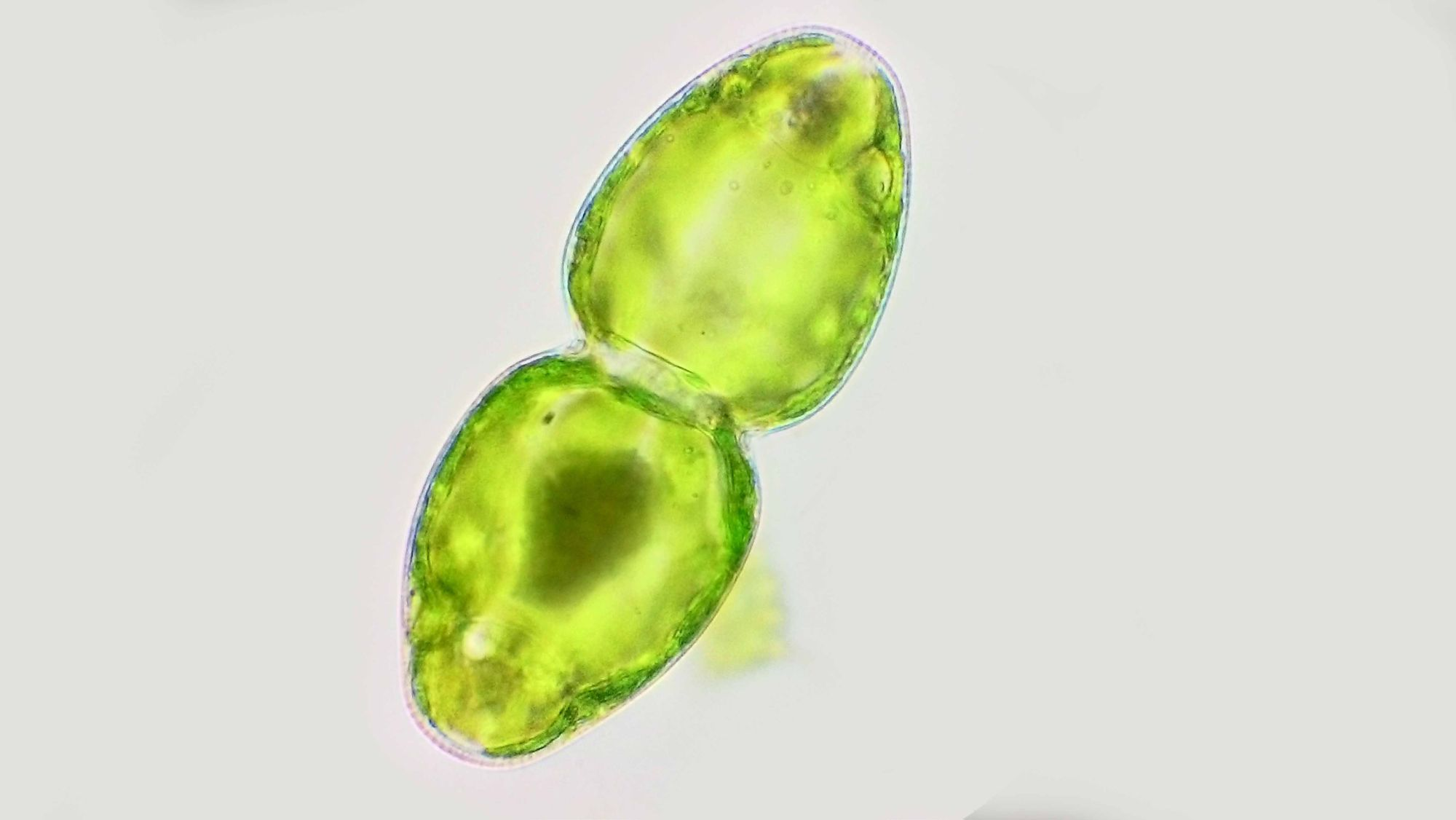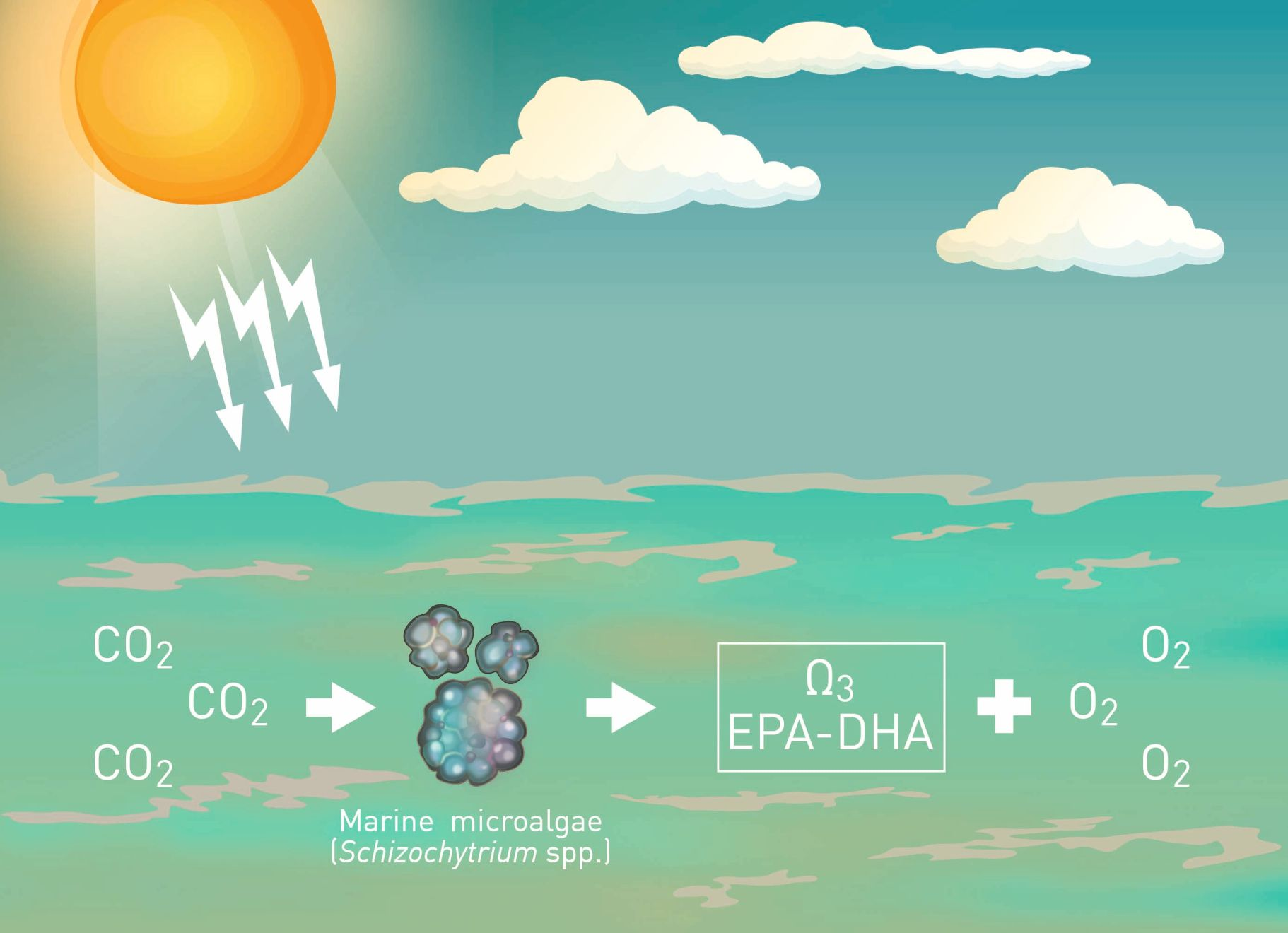Sustainable sourcing of omega-3 (EPA/DHA) for cats and dogs
Written by Taoufiq Errafi
Research has achieved a novel method of obtaining omega-3 fatty acids for inclusion in pet foods, as this short paper describes.
Credit: Shutterstock

Key Points
Omega-3 fatty acids for pet foods are normally sourced from fish, but this has a major impact on our dwindling marine ecosystem.
The solution was to develop a technique that uses microalgae to produce fatty acids in a natural and sustainable fashion.
Introduction
Omega-3 fatty acids, in particular eicosapentaenoic acid (EPA) and docosahexaenoic acid (DHA), are key dietary components that contribute to the health and wellbeing of dogs and cats. They are required for various body systems, including the skin and coat, cognition, and the immune system. The majority of omega-3 fatty acids contained in pet foods are currently sourced from fish, but according to the United Nations one third of the marine stocks worldwide have been overfished or taken to their ecological limits* – yet demand for fish is increasing for aquaculture, food and pet food sectors. As a result, Mars and Royal Canin decided more than ten years ago that EPA-DHA fatty acids were key nutrients that must be secured for the future and sourced in a sustainable manner, and publicly committed to this policy in 2010. This led to some innovative research!
* https://www.un.org/en/chronicle/article/achieving-and-maintaining-sustainable-fisheries
This innovative process mimics what marine microalgae do in nature, and ensures a reliable source of EPA-DHA fatty acids whilst guaranteeing consistent quality and at the same time preserving marine life.
What’s the solution?
It was impossible to find a workable solution overnight, so a “deep dive” investigation was undertaken as to the possible options. It started by establishing a road map which had several pathways, including:
- upcycling unused byproducts from the fish filleting industry involved with the human food chain;
- using only fish oil from sources that were certified as sustainable by external independent bodies such as the Marine Stewardship Council (MSC) and the International Fishmeal and Fish Oil Organisation (IFFO);
- researching and developing innovative and sustainable alternatives to fish-based omega-3 EPA and DHA.
The last option led to an exploration that examined the possibility of using microalgae as an alternative innovative and sustainable source of fatty acids. However, this presented several hurdles which had to be overcome. Firstly, having looked at different options and established that microalgae-based omega-3 fatty acids could be a viable course to pursue, it was necessary to investigate the scientific and development processes to ensure that this solution would meet the relevant product performance standards, including palatability and digestibility. Secondly, and in parallel, it was necessary to ensure that microalgae EPA-DHA fatty acids would be compliant in terms of the regulatory requirements for usage in canine and feline diets in all countries where Royal Canin manufactures diets. Thirdly, given that Royal Canin has a global presence and has significant requirements for EPA and DHA, a key milestone in the planning was to develop partners who could build a new microalgae supply chain with sufficient capacity to meet the needs.
It was also important to develop public awareness of this strategy. Microalgae use sunlight and carbon dioxide to produce omega-3 EPA-DHA (Figure 1) and are in fact the original source of fatty acids in fish, so it is important to stress this fact to pet owners. Not only does this emphasize the safety aspect, it also highlights the importance of obtaining EPA and DHA fatty acids using a method that promotes marine ecosystem preservation.

Production
The innovation here is to mimic what nature does with microalgae in the seas; Royal Canin’s suppliers now have factories that use large fermentation tanks to produce EPA and DHA under industrial conditions and with strict quality control, but employing natural and renewable processes. This will secure the company’s needs – both now and in the future – of EPA and DHA fatty acids, and ensure quality and consistency of the diets whilst helping to preserve marine life.
Conclusion
EPA and DHA fatty acids sourced from microalgae are an innovative and sustainable alternative to fish oils, and the stage is now set for these products to be introduced to Royal Canin’s “Start of Life” diets early in 2022 as part of the ongoing journey to reduce and replace fish-based raw materials. Moving forward, it is intended to source other dietary ingredients from sustainable sources as technology allows.
Taoufiq Errafi
MSc, Food Tech & Sciences engineer, Royal Canin, Aimargues, FranceFrance
Taoufiq Errafi graduated as a food and sciences engineer with a Master’s degree from Oniris Nantes, France before starting his career at Danone, a French health nutrition company. He joined Royal Canin in 2004 and has held various positions within the company over the last 18 years, including posts in quality & food safety, supply, and global engineering. He currently serves as global material (raw materials & ingredients) innovation manager.
Other articles in this issue
Share on social media